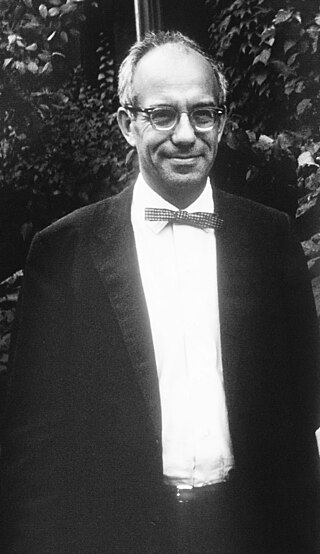Related Research Articles

Increase Allen Lapham was an American author, scientist, and naturalist, whose work focused primarily on the what is now the U.S. state of Wisconsin. He made maps of the area and published numerous books on the archaeology, biology, and geology of the region, and discovered both the Panther Intaglio Effigy Mound and Milwaukee Formation. He founded the Wisconsin Natural History Association, and served as the state's Chief Geologist for two years. He also lobbied Congress and the Smithsonian Institution to establish an agency to predict the weather around the Great Lakes and this became the National Weather Service.

Robert Walter Kasten Jr. is an American Republican politician from the state of Wisconsin who served as a U.S. Representative from 1975 to 1979 and as a United States Senator from 1981 to 1993.

Daniel Webster Hoan was an American politician who served as the 32nd Mayor of Milwaukee, Wisconsin from 1916 to 1940. A lawyer who had served as Milwaukee City Attorney from 1910 to 1916, Hoan was a prominent figure in Socialist politics and Milwaukee's second Socialist mayor. His 24-year administration remains the longest continuous Socialist administration in United States history. A panel of 69 scholars in 1993 ranked him among the ten best mayors in American history.

Charles Richard Van Hise was an American geologist, academic and progressive. He served as president of the University of Wisconsin (UW) in Madison, Wisconsin, from 1903 to 1918.
Herbert Harvey Rowen, was a noted American historian of Early Modern Europe and "arguably the most important English-speaking historian of the Dutch Republic since John Lothrop Motley."

Ray Theodore Wendland was an American experimental chemist and academician.

Richard H.E. Smith II is a Chicago, Illinois- and Milwaukee, Wisconsin-based software engineer, computer consultant and a science fiction fanzine publisher.

Frank Burt Freidel, Jr. was an American historian, the first major biographer of former President Franklin Delano Roosevelt and one of the first scholars to work on his papers stored in the Roosevelt Library in Hyde Park, New York.

Rolla Milton Tryon Jr. was an American botanist who specialized in the systematics and evolution of ferns and other spore-dispersed plants (pteridology). His particular focus and interest lay in two areas, historical biogeography of ferns and the taxonomy of tropical American ferns.
The Evangelical Lutheran Joint Synod of Ohio and Other States, commonly known as the Joint Synod of Ohio or the Ohio Synod, was a German-language Lutheran denomination whose congregations were originally located primarily in the U.S. state of Ohio, later expanding to most parts of the United States. The synod was formed on September 14, 1818, and adopted the name Evangelical Lutheran Joint Synod of Ohio and Other States by about 1850. It used that name or slight variants until it merged with the Iowa Synod and the Buffalo Synod in 1930 to form the first American Lutheran Church (ALC), 1930–1960.
Robert Almer Harper was an American botanist.
George Hill Mathewson Lawrence was an American botanist, writer and professor of botany who helped establish the 'Liberty Hyde Bailey Hortorium', the Hunt Botanical Library and the Huntia journal. He was also an avid book collector, including books on the history of Rhode Island, historic books and botanical art.

Ada Hayden was an American botanist, educator, and preservationist. She was the curator of the Iowa State University Herbarium, which was renamed the Ada Hayden Herbarium (ISC) in her honour in 1988. During her career, she added more than 40,000 specimens to the herbarium. Her studies and conservation work were particularly important in ensuring the preservation of the tallgrass prairie.
William Randolph Taylor was an American botanist known as an expert in phycology.

Louis Hermann Pammel (1862–1931) was an American botanist, conservationist, and professor of botany.
Lloyd Herbert Shinners was a Canadian-American botanist and professor who had expertise in the flora of Texas and Wisconsin.
John Walter Thomson Jr. (1913–2009) was a Scottish-born American botanist and lichenologist, sometimes referred to as the "Dean of North American Lichens".
References
- ↑ Clark, Lynn G. (1994). "Richard W. Pohl (1916-1993)". Taxon. 43 (1): 138–140. JSTOR 1223475.
- ↑ International Plant Names Index. R.W.Pohl.